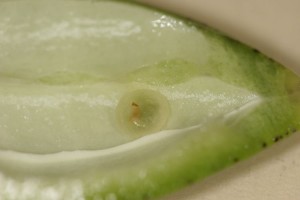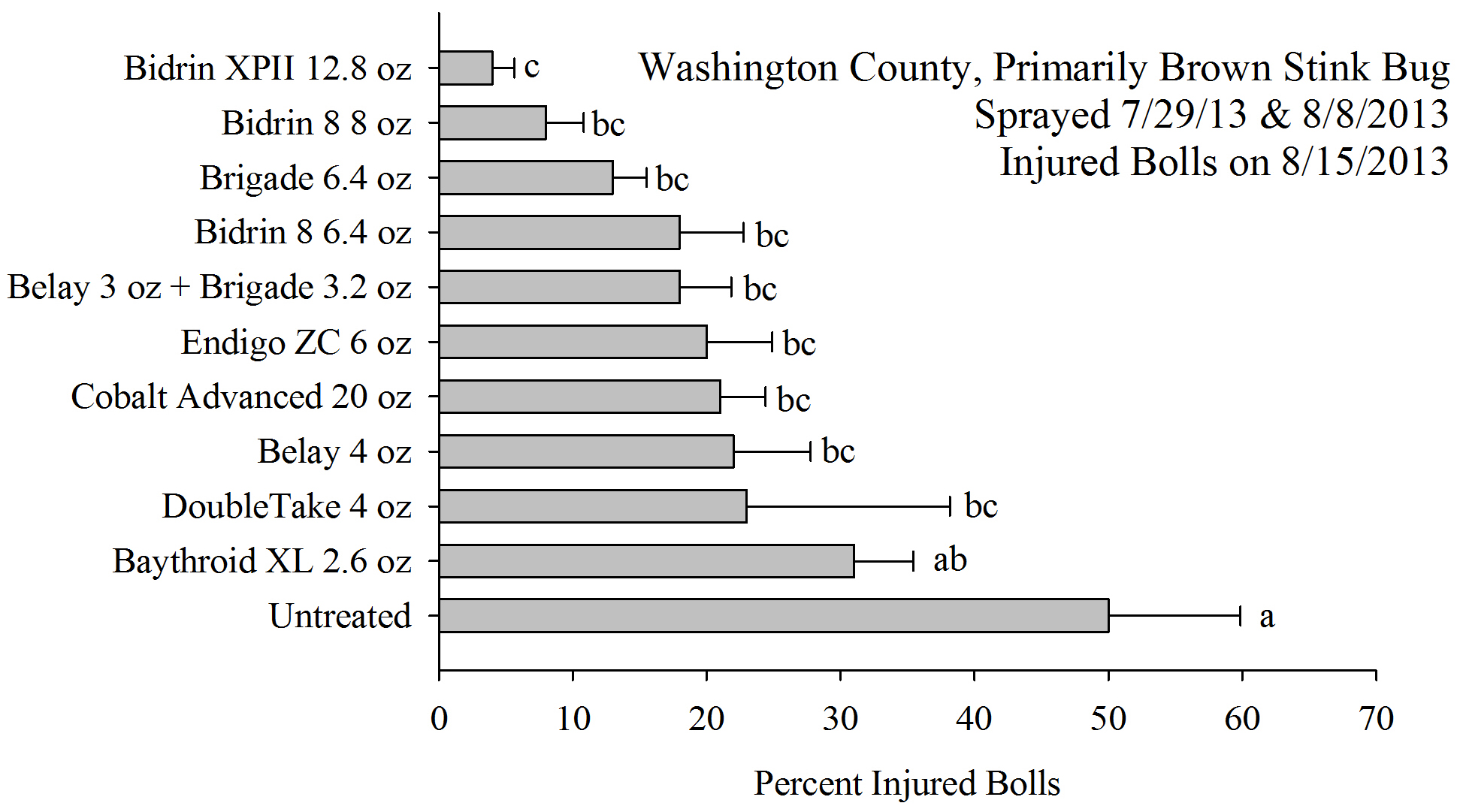Stink Bug Management in Cotton
go.ncsu.edu/readext?365112
en Español / em Português
El inglés es el idioma de control de esta página. En la medida en que haya algún conflicto entre la traducción al inglés y la traducción, el inglés prevalece.
Al hacer clic en el enlace de traducción se activa un servicio de traducción gratuito para convertir la página al español. Al igual que con cualquier traducción por Internet, la conversión no es sensible al contexto y puede que no traduzca el texto en su significado original. NC State Extension no garantiza la exactitud del texto traducido. Por favor, tenga en cuenta que algunas aplicaciones y/o servicios pueden no funcionar como se espera cuando se traducen.
Português
Inglês é o idioma de controle desta página. Na medida que haja algum conflito entre o texto original em Inglês e a tradução, o Inglês prevalece.
Ao clicar no link de tradução, um serviço gratuito de tradução será ativado para converter a página para o Português. Como em qualquer tradução pela internet, a conversão não é sensivel ao contexto e pode não ocorrer a tradução para o significado orginal. O serviço de Extensão da Carolina do Norte (NC State Extension) não garante a exatidão do texto traduzido. Por favor, observe que algumas funções ou serviços podem não funcionar como esperado após a tradução.
English
English is the controlling language of this page. To the extent there is any conflict between the English text and the translation, English controls.
Clicking on the translation link activates a free translation service to convert the page to Spanish. As with any Internet translation, the conversion is not context-sensitive and may not translate the text to its original meaning. NC State Extension does not guarantee the accuracy of the translated text. Please note that some applications and/or services may not function as expected when translated.
Collapse ▲This article is focused on management of stink bugs in the Blacklands, Coastal Plain, and eastern Piedmont (primarily brown and green stink bugs). Growers in the western Piedmont have fair numbers of the new invasive brown marmorated stink bug and should scout focus on field edges and see if they can delineate the extent of where the insects are. For now, internal injury can probably still be used as a good cue for development of stink bug injury.
Both plant bugs and especially stink bugs and their damage vary widely across North Carolina, but are generally at much higher levels that we’ve seen during the past few years. They were also high in 2013 and 2014. I expect our “major” bollworm moth flight in central and northern North Carolina to pick up during the next few weeks based on typical timing, development in corn, and what I’m picking up in pheromone traps. This flight will likely be very heavy based on numbers I’ve seen in corn.

Count any stained lint or warty growths as stink bug injury. Simple punctures without warts should not be counted.
Scout for stink bugs by splitting and examining the inside walls of 1-inch diameter bolls for warts and/or stained lint (any amount of even subtle injury is scored as a damaged boll). Be sure to observe the 10% injured boll threshold level during weeks 3-5 of the bloom period. Please download either the Android or iPhone Cotton Stink Bug Decision Aid App for additional information about stink bug scouting, identification, injury and other information. Search for “stink bug decision” in the iTunes app store or using Google play. You can also see an online version.
If present in moderate to high levels, stink bug injury can result in significant yield losses. In making spray/no-spray decisions, remember that the cost of the treatment and insecticide typically translates into the value of 10-12 pounds of lint. Insecticides targeted for stink bug generally do a good job with plant bugs. Although Bidrin and Bidrin XP II offer excellent control of stink bugs and plant bugs, be aware of these products’ 6-day reentry interval. Some screening results are below. Also note that I have posted survey results from Cotton Belt entomologists, giving information on insecticide efficacy. Finally, remember that brown stink bug is more difficult to manage than green stink bug.


